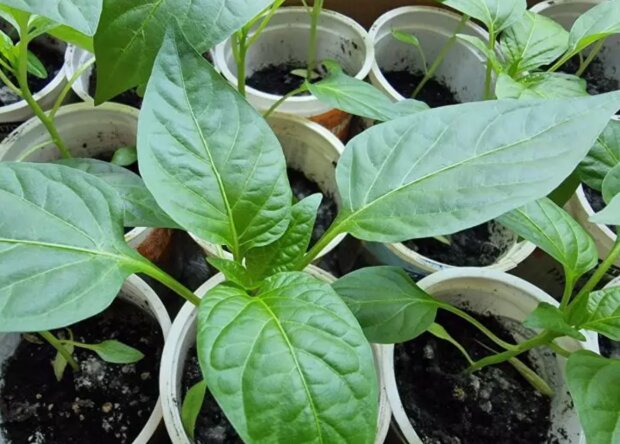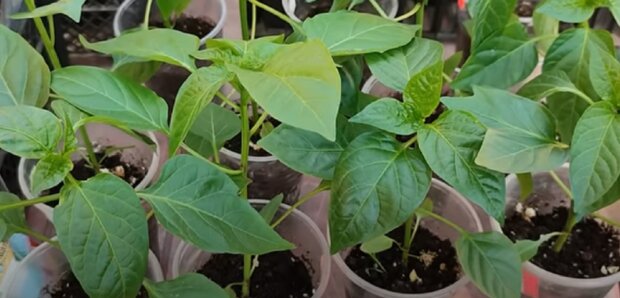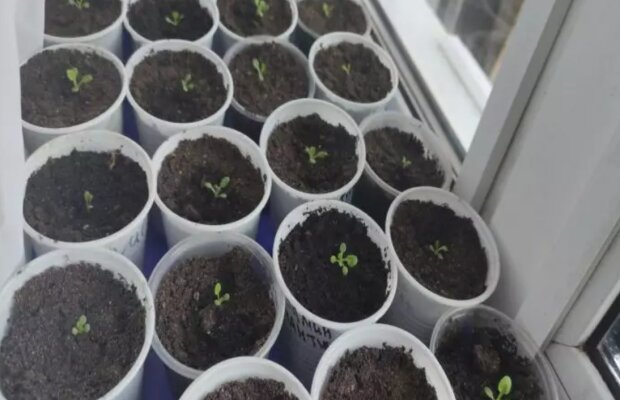Fortunately, there are folk methods that allow for savings, but not all of them are equally safe for plants. Let’s explore the most popular options and their hidden nuances.

Egg Cartons: Savings with Risks
The use of egg cartons is suitable only for greens with a short growth period, such as arugula or cress (14–20 days). However, for tomatoes and peppers, this method is ineffective—their root systems develop more complexly and may become intertwined. Research confirms that due to the small volume, the roots get tangled, which reduces the survival rate of seedlings during transplantation.
Important nuance: if the cartons lack drainage holes, there is a high risk of water stagnation and root rot. In 60% of cases, seedlings perish at the 2–3 leaf stage.

Snail Method: Compactness or Stress?
The snail method, where seeds are germinated in a damp cloth or rolled in film with soil, does indeed save space. Sprouts appear in 3–5 days, but transferring them to the ground becomes a challenge.
What to keep in mind: Roots accustomed to a moist environment without soil adapt more slowly, which hinders plant growth. Tomatoes, in particular, suffer, as they require larger containers. For example, the "De Barao" variety needs a container with a volume of at least 1 liter.
Untreated Trays: A Source of Diseases
Many reuse cardboard containers, but not everyone knows that bacteria may persist on them. For instance, Bacillus subtilis, found on the surface of cardboard, can cause damping-off— a serious disease for seedlings.
How to avoid problems: Before using the trays, they should be soaked in a weak solution of potassium permanganate (1 g per 1 L of water) for at least 30 minutes. This will help eliminate potentially harmful microorganisms.

Conclusion: Choose Wisely
Saving on seedling containers is possible, but it’s important to consider the specific needs of the plants. For example, arugula requires frequent watering (every two days), while parsley needs a deep container, as its roots can reach up to 15 cm. Bell peppers that are kept in small containers for more than three weeks can lose up to 50% of their yield.